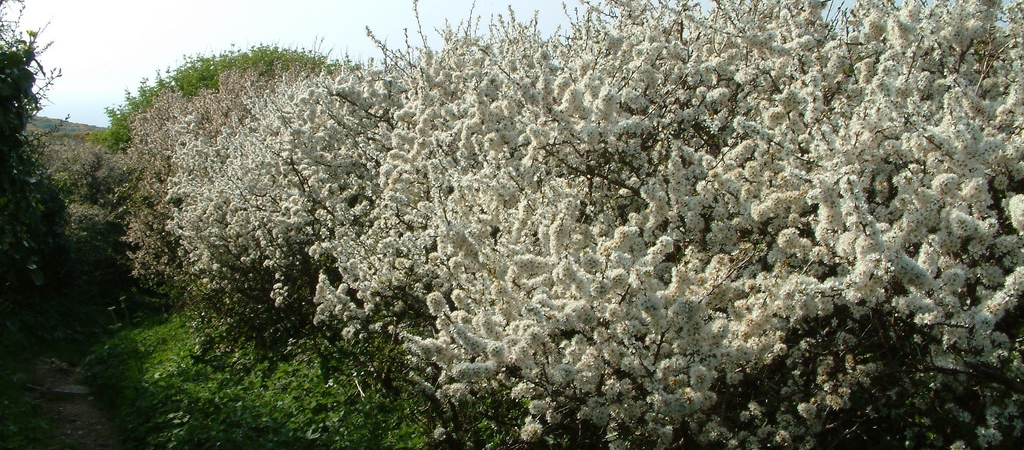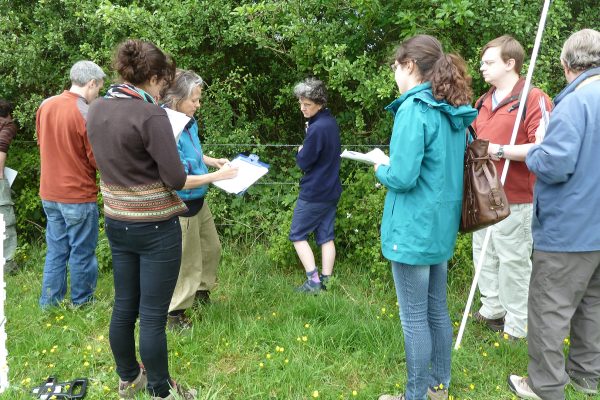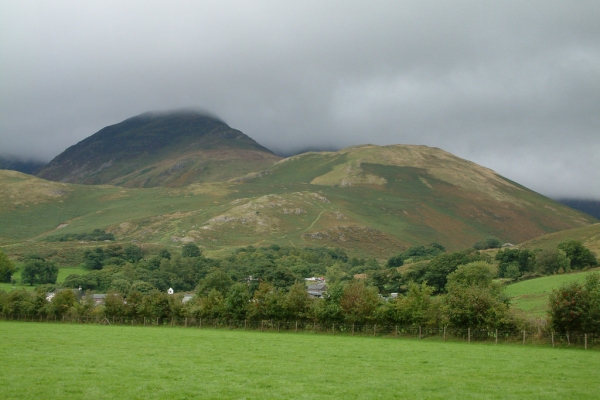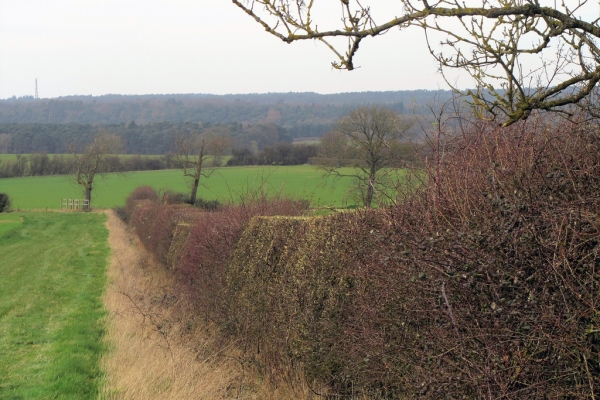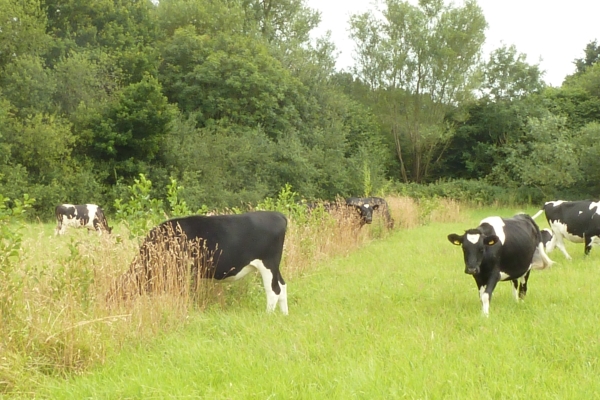Hedgerows and Hedgerow Trees
Wood Wise: Woodland Conservation News Summer 2014
Resource explained
Hedgerows can bring many benefits to your farm with careful management. This magazine publication combines interesting research findings with practical guidance for farmers and landowners.
It outlines the impacts of hedgerow loss, and hedgerow benefits in relation to wildlife, regulating ecosystems and cultural values.
It describes management effects and provides guidance on beneficial cutting practices in relation to providing forage for wildlife.
It includes results of research that has examined cutting frequency and timing in relation to flower and berry production, and moth abundance and diversity.
It looks at the relationship between bovine tuberculosis (bTB) and hedgerows, and refers to research that proved hedgerows can reduce contact between cattle and badgers and improve biosecurity.
There is information on a community hedgerow project conducted in Wales, benefits that can be had from incorporating trees into hedgerows, and a project that aimed to create new hedges with standard trees outside woodland settings.
Findings & recommendations
- Hedgerows provide wildlife corridors and support a huge diversity of flora and fauna, but are a threatened habitat due to intensive agriculture practices, disease and poor management techniques.
- Hedgerows can:
- Reduce the amount of pesticides, fertilisers and eroded topsoil from reaching watercourses on your farm.
- Reduce flooding by slowing water flows and increasing infiltration rates.
- Act as windbreaks; protecting crops, and providing shade and shelter for animals.
- Boost crop production through sustaining key pollinators and natural predators of crop pests.
- Increase your farm’s resilience to extreme weather.
- Provide wood-fuel and food.
- Some hedgerow management is needed to restrict their growth, prevent woody vegetation from expanding, and prevent them from becoming lines of trees or gappy and unconnected. However, heavy or badly timed management can reduce the amount of flowers and berries available at crucial times of the year.
- Postponing cutting until February or March can increase the amount of berries available to over-wintering birds.
- Decreasing the frequency of hedgerow cutting to every three years and cutting late winter rather than autumn can significantly increase the amount of pollinating insects and overall biodiversity on your farm.
- Hedges can reduce badger – cattle contact rates and therefore the risk of bTB transmission.
